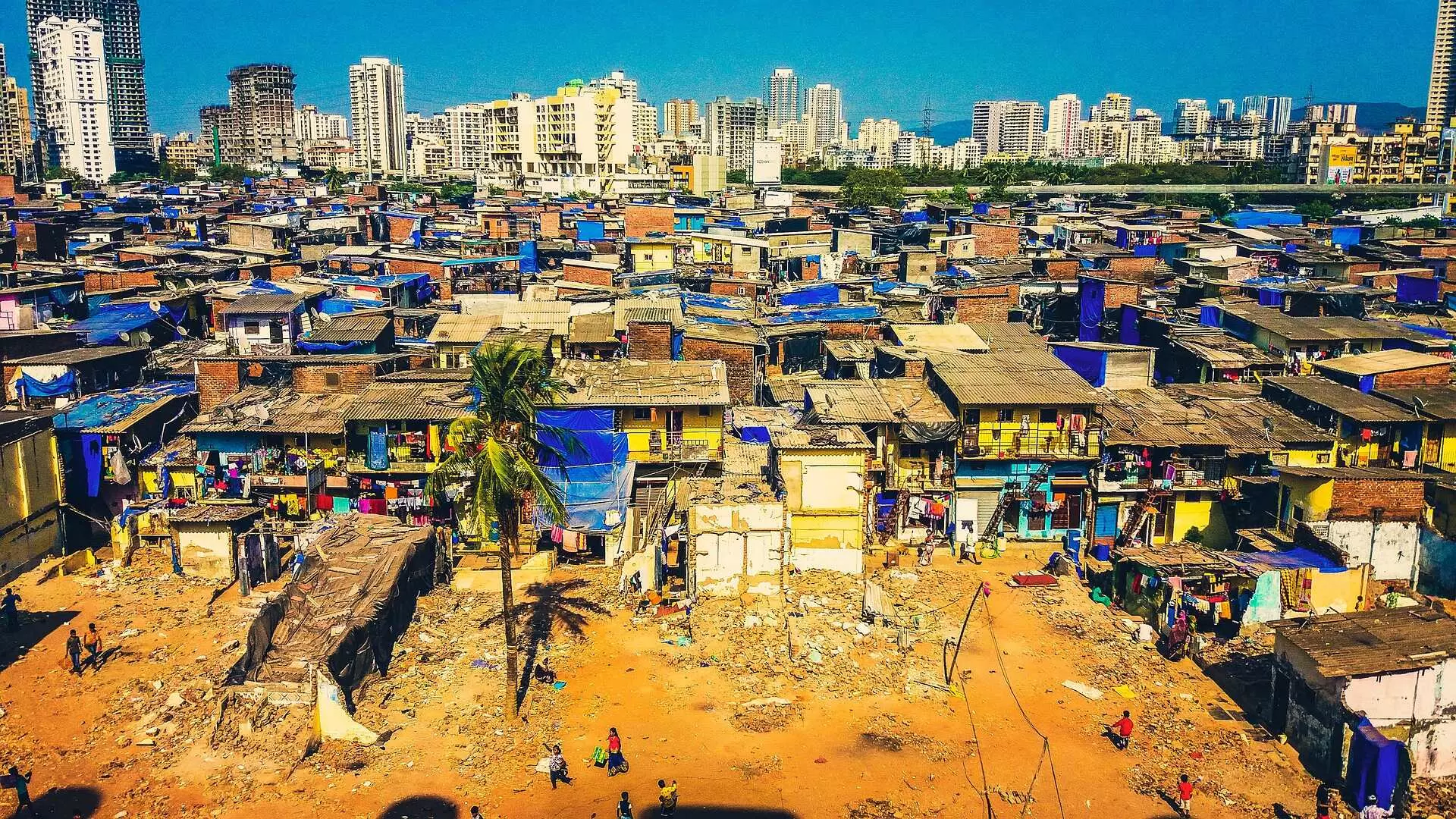Widening gulf

The Oxfam report ‘Survival of the Richest’ — released on January 15 — contains more clear warning signs than ever for India. Oxfam India CEO Amitabh Behar preferred to mix no words when he said that "India is unfortunately on a fast track to becoming a country only for the rich.” This is indeed a harsh statement and should frighten us to the core. How can India, where the number of the poor is constantly on the rise, can become an abode only for the rich! Post the pandemic, while the poor continue to fight for survival, India has witnessed a rise in the number of billionaires from 102 in 2020 to 166 in 2022. In absolute terms, the number of the poor in India stands at 228.9 million. As per the Oxfam report, the top 30 per cent of the Indian population own over 90 per cent of the country’s wealth; the top 10 per cent own over 72 per cent of the wealth, and the richest five per cent own nearly 62 per cent of the wealth. Furthermore, India's top one per cent owned more than 40.5 per cent of its total wealth in 2021. These numbers are reported to have only increased during the pandemic. In sharp contrast, both the wealth and the income of the poorer population has been on a downward slope. The number of hungry people has nearly doubled to 350 million from 190 million in 2018. Amitabh Behar asserted that “the widespread hunger is resulting in 65 per cent of the deaths among children under the age of five in 2022”, citing the government's own submission to the Supreme Court. The Oxfam report needs to be looked at through a dynamic, and not static lens. Between 2012 and 2021, more than 40 per cent of the wealth created in the nation went in the kitty of just the top one per cent while the bottom 50 per cent had to contend with a meagre three per cent share. This busts the justification-cum-claim that the richest are “wealth creators” and that they represent some different category of people. Their exponentially growing wealth, contrary to what many would like to argue, doesn’t trickle down for the good of the poor. Rather, ironically, as the report confirms, it is the bottom 50 per cent of the population that pays six times more than the top 10 per cent in terms of indirect taxes. Collectively, the bottom 50 per cent of the Indian population pays around 64 per cent of the total GST while the richest 10 per cent pay only around three per cent. In essence, it is the poor who predominantly continue to drive the country’s growth. The taxation policies of the government further seem to favour the rich. Before the pandemic broke out, the government had slashed corporate tax slab to 22 per cent from 30 per cent, which led to the forgoing of Rs 1.84 lakh crore in revenue. As if in a bid to compensate for the same, the government increased GST rates, excise duty and prices of petroleum products. The widening of the inequality gap doesn’t augur well for India — a democratic country based on the principle of socialism, initially. The Oxfam report not only highlights the problems but also offers solutions that are not hard to implement. In the first place, it proposes to tax the super-rich for "reducing inequality and resuscitating democracy." The report illustrated, for example, that imposing one per cent wealth tax on Indian billionaires could fund India’s largest healthcare scheme — National Health Mission; taxing the 10 richest Indian billionaires at one per cent (funding for 13 years), or by taxing the 100 richest Indian billionaires at one per cent (funding for 26 years) could help fill vacancies in elementary schools; taxing top 100 billionaires at 2.5 per cent could help bring out-of-school children back to receive quality education, etc. Incidentally, the report has come at an opportune time, just before the Union Budget is to be announced. It will be interesting to see what approach the Indian government takes. The report also recommends bolstering the safety and bargaining power of India’s labour force. The recommendations need to be considered seriously.



